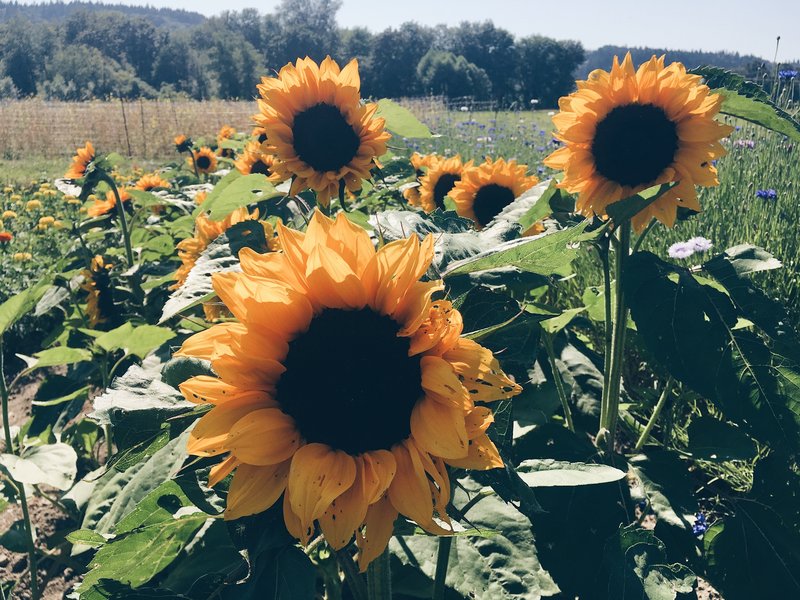How do you feed an increasing number of people without harming the environment?
As it turns out, growing as much food as possible in a small area may be our best bet for sustainably feeding the world’s population, according to new research.
It all comes down to how we manage greenhouse gases and climate change.
People often associate greenhouse emissions with burning fossil fuels, but farming makes a lot of them, too. That’s because farms usually replace natural vegetation, like trees, which store carbon.
Farmers who wish to minimize their carbon footprint have traditionally held two philosophies, says David Williams, the lead author of a paper published last week in the journal Current Biology.
The first philosophy, known as “land-sharing,” involves maximizing the amount of carbon stored on farmland. “This can mean things like planting trees in a field, or maintaining little patches of non-crop habitat on your farm,” explains Williams.
But land-sharing has a cost.

